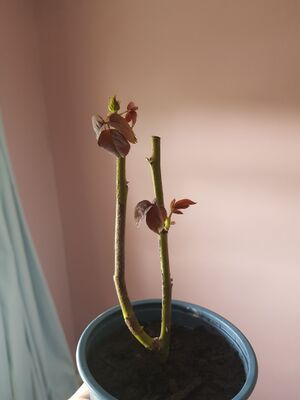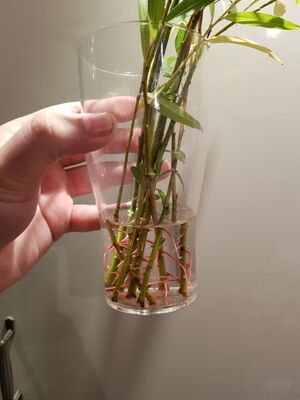How to Propagate Trees
Tree propagation is the process of creating new trees from existing ones. Whether for conservation, landscaping, or horticultural purposes, propagating trees is a rewarding endeavour that allows you to replicate desirable tree species. This comprehensive guide outlines various methods used to propagate trees successfully.
Methods of Tree Propagation
1. Propagation by Seeds
The propagation of trees from seeds is a common and natural method:
- Seed Collection: Collect mature seeds from healthy parent trees during the appropriate season. Different tree species have varying seed maturity times.
- Seed Preparation: Clean the seeds and remove any debris or pulp. Some seeds may require scarification (scratching the seed coat) to promote germination.
- Seed Treatment: Some seeds benefit from stratification, a process involving exposing seeds to cold temperatures to break dormancy. Research the specific requirements for your tree species.
- Sowing: Plant the prepared seeds in a well-draining growing medium at the recommended depth. Keep the medium consistently moist.
- Germination: Provide the seeds with appropriate temperature and lighting conditions for germination. Be patient, as germination times vary.
2. Propagation by Cuttings
This method involves creating new trees from cuttings of existing ones:
- Cutting Selection: Choose healthy, disease-free branches for cuttings. Softwood cuttings are taken from new growth, while hardwood cuttings come from mature growth.
- Cutting Preparation: Cuttings should typically be around 4-8 inches long. Remove any leaves from the lower portion of the cutting.
- Rooting Medium: Plant the cuttings in a suitable rooting medium, such as a mix of peat and perlite or a rooting hormone-enriched mixture.
- Rooting Environment: Maintain high humidity and consistent moisture around the cuttings. Use a clear plastic dome or a misting system.
- Transplanting: Once roots have developed, transplant the rooted cuttings into larger pots or directly into the ground.
3. Propagation by Grafting
Grafting allows you to combine desirable characteristics of different trees:
- Scion and Rootstock Selection: Choose a healthy scion (top portion) with desired traits and a compatible rootstock (bottom portion) that matches the scion.
- Preparation: Make clean, precise cuts on both the scion and rootstock. Match the cambium layers for successful grafting.
- Grafting Techniques: Popular grafting techniques include whip-and-tongue, cleft, and side-veneer grafting. Secure the graft with appropriate binding materials.
- Protection: Cover the grafted area with grafting wax or a similar substance to prevent drying out and infections.
- Healing and Growth: Allow the graft to heal and the new tree to establish itself. Monitor closely during the initial stages.
4. Water Propagation
Certain trees, such as Weeping Willow, can easily be propagated in water:
- Cutting Preparation: Take a healthy cutting from a Weeping Willow tree, ensuring it has several leaf nodes.
- Water Container: Place the cutting in a container with water, submerging at least one or two leaf nodes.
- Sealed Environment: Seal the container with a transparent plastic bag or dome to retain moisture and create a humid environment.
- Root Development: After a few weeks, the cutting will develop roots. Transplant it into a wet, well-draining soil mixture.
Care and Maintenance
Successful tree propagation requires ongoing care:
- Watering: Keep the soil consistently moist but not waterlogged to support root development.
- Protection: Shield young plants from harsh weather, pests, and diseases.
- Transplanting: Gradually acclimate propagated trees to their new environment before transplanting them permanently.
Conclusion
Propagating trees offers an opportunity to create new trees with desirable traits while contributing to conservation efforts and landscaping projects. By understanding and implementing methods such as seed propagation, cuttings, grafting, and water propagation, individuals can embark on a rewarding journey to replicate and preserve various tree species.


